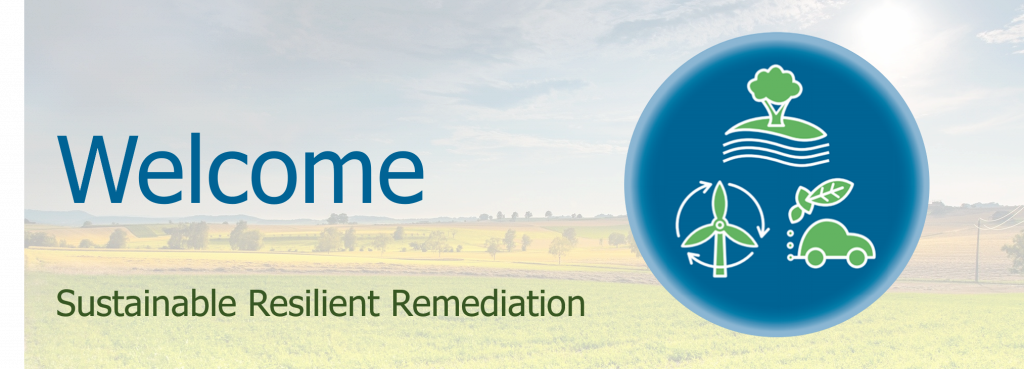
Extreme weather events and wildfires are increasing and could impact hazardous waste sites and undermine the primary goal of cleanups, which is protecting human health and the environment. Confronted with these risks, assessing and designing remedies with decades-long time frames should be reevaluated. Sustainable resilient remediation (SRR) is an optimized solution to cleaning up and reusing a hazardous waste site that limits negative environmental impacts, maximizes social and economic benefits, and creates resilience against increasing threats.
The objective of this SRR guidance is to provide resources for regulators, stakeholders, consultants, and responsible parties to help integrate sustainability and resilience practices into remediation projects. This guidance updates the Interstate Technology and Regulatory Council’s (ITRC) Technical and Regulatory Guidance: Green and Sustainable Remediation: A Practical Framework (ITRC 2011a), and includes a strong resilience component to address the increasing threat of extreme weather events and wildfires. Recommendations for careful and continuous consideration of the social and economic costs and benefits of a cleanup project are included.
In the context of cleaning up contaminated sites, sustainability and resilience can be thought of as two sides of the same coin: while sustainability considers the remedy’s impact on the environment, resilience considers the environment’s impact on the remedy. This distinction is not so simple. To be truly sustainable, a remedy must maintain functionality for the duration of its design life and do so by being resilient to extreme events and changing conditions. The interconnectedness of sustainability and resilience, particularly as they relate to the cleanup of contaminated sites, reemphasizes the importance of an integrated approach.
This SRR guidance presents the following lessons learned and resources:
- answers to frequently asked questions about SRR
- a summary of the state survey performed about SRR, including opportunities and barriers
- an online map with links to available state and federal resources to quickly find examples and best practices from your state or other states and federal agencies
- expanded information about and resources for the social and economic dimensions of sustainability, including state-of-the-art social and economic evaluation tools
- an updated framework that illustrates how and why sustainability and resilience should be integrated throughout the remedial project life cycle
- checklists of key sustainable best management practices to address resilience based on specific vulnerabilities at a site as well as resources for additional information
- case studies illustrating the application of SRR considerations
- a list of recommendations for the future


